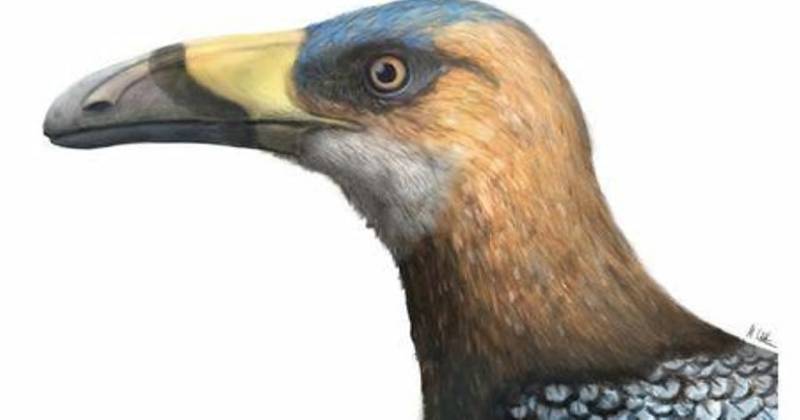
The discovery of a creature stated as resembling a “buck-toothed toucan” that lived some 68 million years ago has elevated assumptions about diversity in the birds that lived along with dinosaurs.
At less than nine centimetres (3.5 inches) long, the delicate skull of the bird scientists have dubbed Falcatakely forsterae might be easily overlooked. It turns out that its tall, scythe-like beak, while resembling the toucan, is something never before seen in the fossil record.
Ohio University anatomy professor Patrick O’Connor, lead author of the research published in the journal Nature, said, “Amazing, small, delicate, fragile, challenging to study – all at the same time.” The paleontologist and study co-author Alan Turner of Stony Brook University in New York, added, “Bird fossils are particularly rare in part because they have such delicate skeletons. Hollow bones aren’t great at surviving the fossilization process.”
Turner said, “Because of this, we need to be aware that we are probably under-sampling the Mesozoic diversity of birds. A newly discovered species like Falcatakely provides a taste of the tantalizing possibility of a greater diversity of form waiting to be discovered.” The research team, which has been employing in the area of Madagascar where Falcatakely was discovered since the mid-1990s, is continuing excavations, and O’Connor is excited about what else might be founded.

Post Your Comments